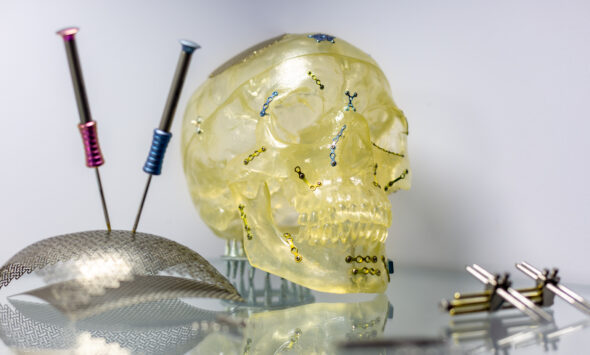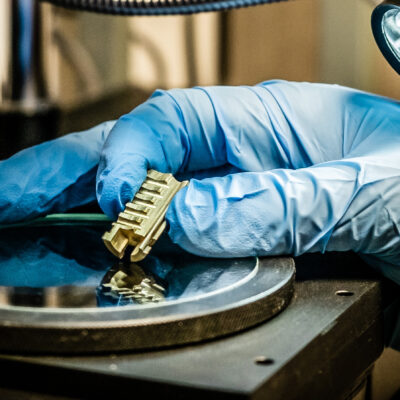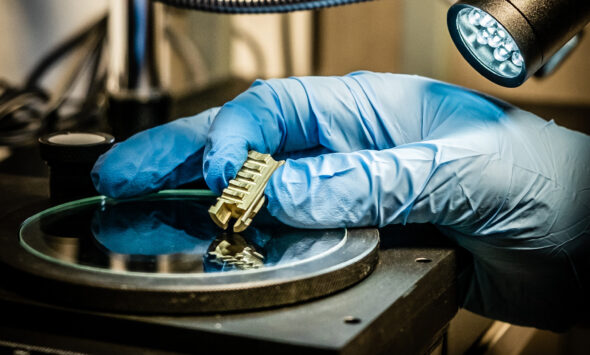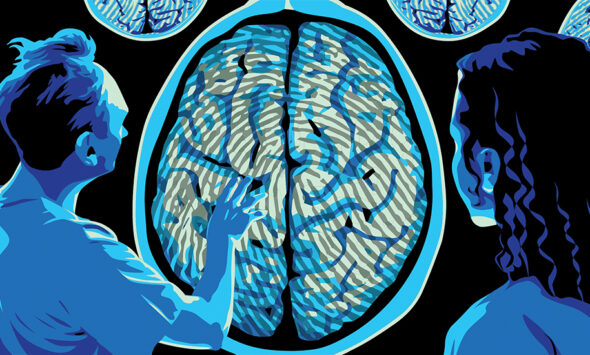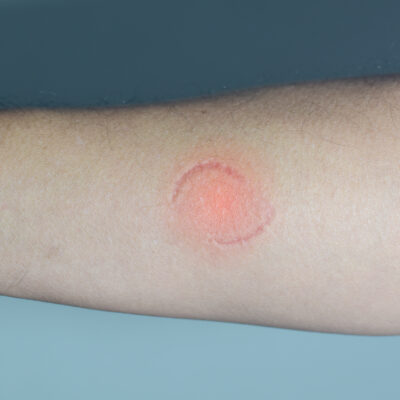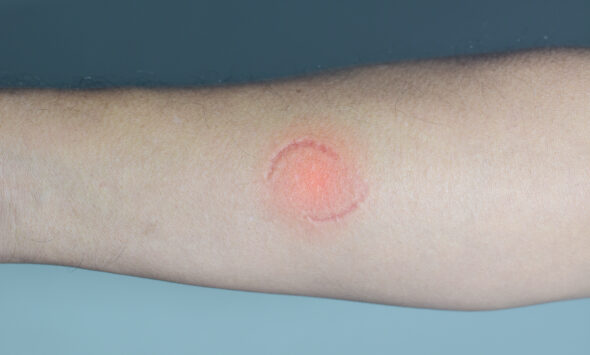Widely used by law enforcement agencies worldwide for personal identification, fingerprints can also serve as a basis to carry out various screening tests.
Interest in fingerprints has recently been reignited thanks to a new study published on February 1, 2023, by researchers at the Jasmine Breast Unit of Doncaster Royal Infirmary in the United Kingdom. The scientists have developed a digital technique capable of detecting breast cancer with an accuracy of nearly 98%.
Secretions that reveal the disease…
In this case, the focus is not on analyzing fingerprint pattern classes or minutiae—the characteristic points located along the ridge lines that allow for reliable personal identification. Instead, by taking swabs from the fingertips to collect sweat, physicians were able to detect the presence of proteins and peptides identified as biomarkers of potential breast cancer.
This non-invasive, painless technique for patients could make it possible to distinguish between benign, early-stage, or metastatic tumors. If the results are confirmed, it may soon be commercialized in the form of a kit, providing a rapid and reliable diagnostic tool that is significantly less traumatic and less costly than mammography, which remains the current gold standard in breast cancer screening.
…And also detect narcotics!
From medicine to forensic science, there is often only a small step—and in this case, technology has taken it. Sweat sampling from fingerprints is already among the available methods to detect the presence of four classes of narcotics: amphetamines, cannabis, cocaine, and opiates.
Here again, it is the sweat that reveals the presence of these molecules, whether the substance was merely handled or actually ingested. The procedure requires nothing more than pressing the fingertips onto a special piece of paper and then analyzing it using mass spectrometry, which can detect the substance up to 48 hours after contact or ingestion.
Unlike blood tests, which require significant logistics, this analytical method takes only a few minutes and can also be applied to latent fingerprint residues collected at a crime scene. It has also proven effective in the medico-legal context, using post-mortem sweat samples.
Sources :
Tous droits réservés - © 2025 Forenseek










